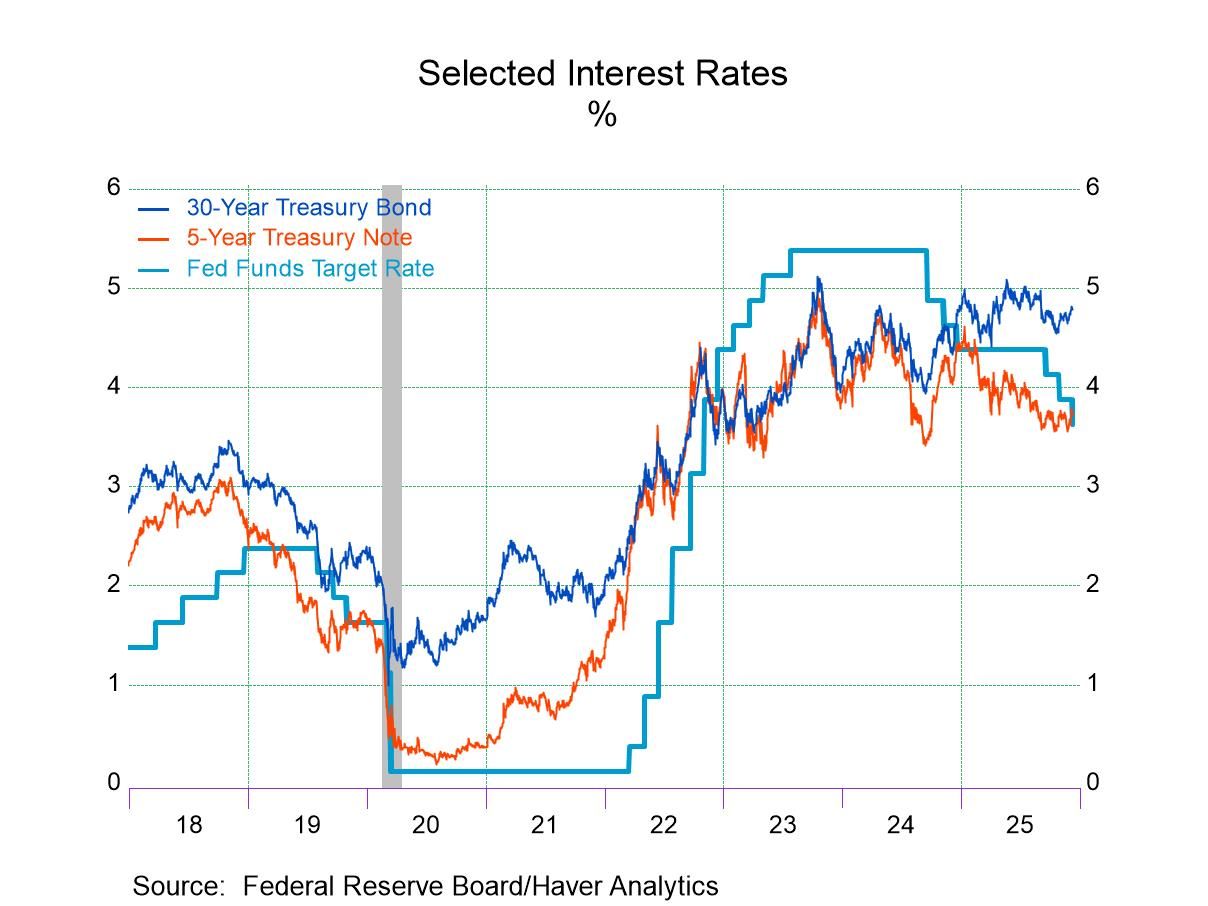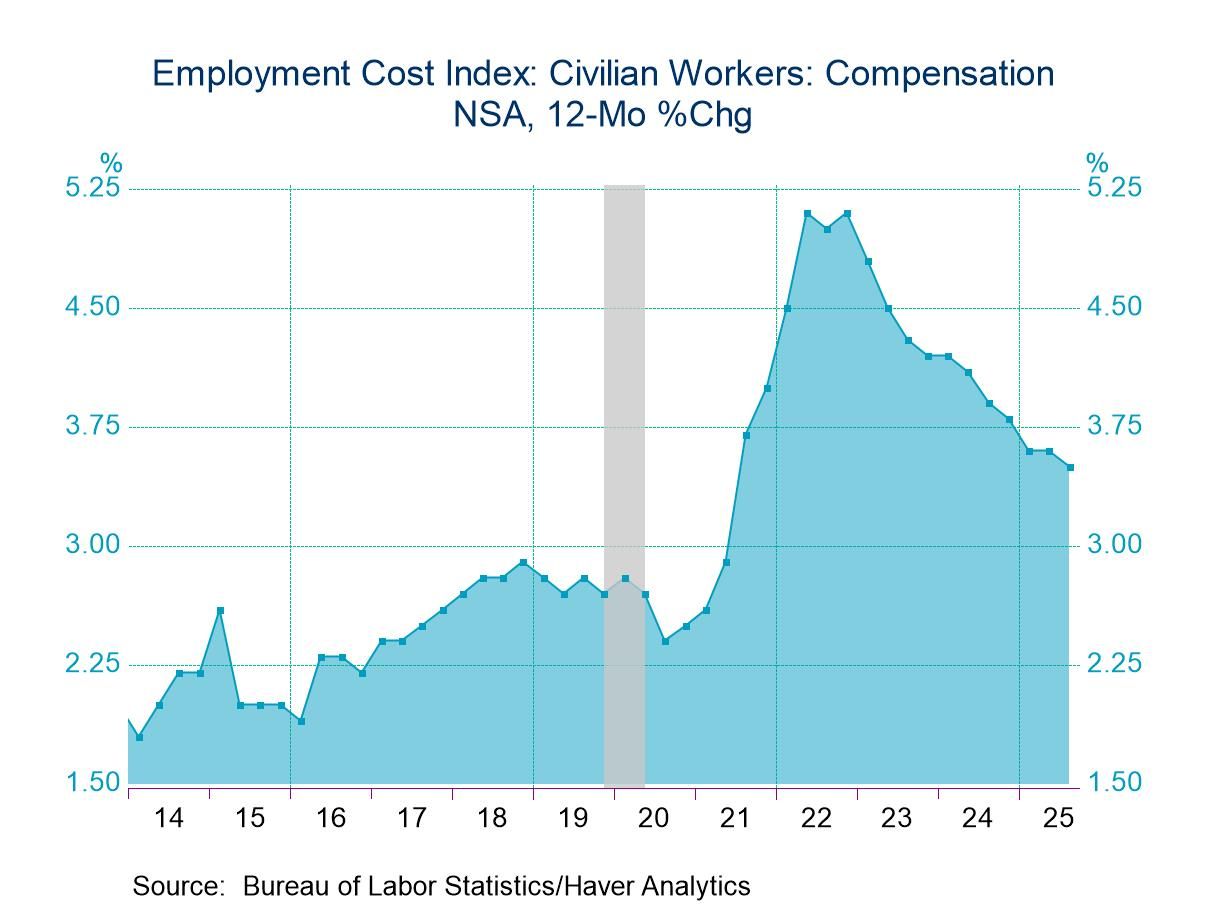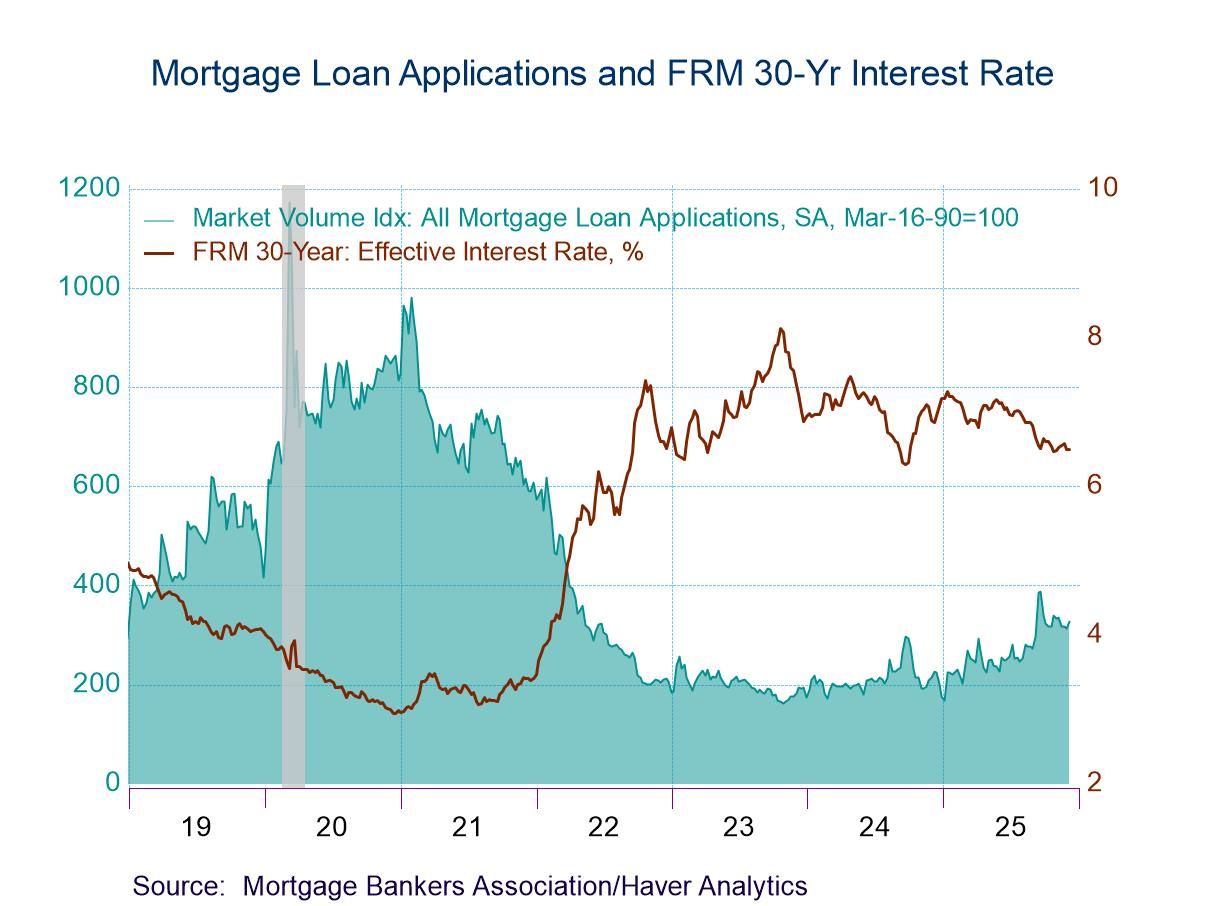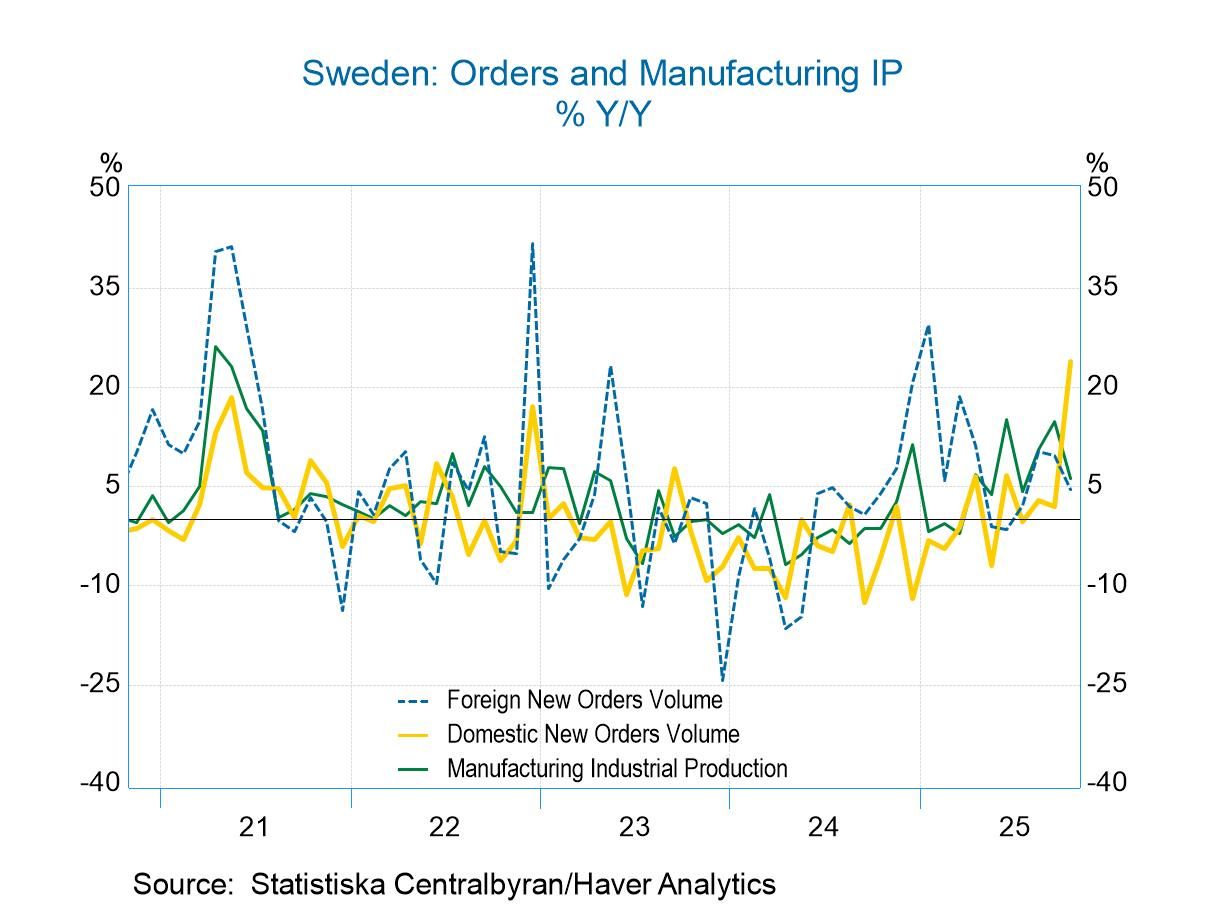 Global| Sep 17 2009
Global| Sep 17 2009German PPI Rises And Sets Sites On A New Horizon
Summary
August following and outsized drop of 1.6% in July. Even so the drop in German PPI prices is becoming progressively smaller. Over three-months the pace of decline for PPI-ex-construction prices is 4.4% compared to a larger 6.9% pace [...]
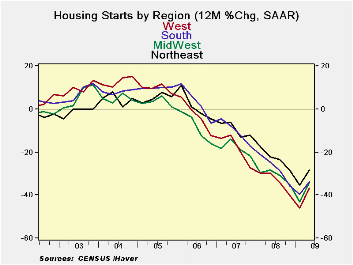
August following and outsized drop of 1.6% in July. Even so
the drop in German PPI prices is becoming progressively smaller. Over
three-months the pace of decline for PPI-ex-construction prices is 4.4%
compared to a larger 6.9% pace of decline Yr./Yr. Ex energy PI prices
are starting to creep up. Over thee-months the ex-energy price trend is
flat; over six months it’s a rate of decline of 1.9% and over 12-months
the pace of decline is 3.3%. PPI prices ex-energy are stabilizing and
paving the way to rise on a more consistent basis.
Sectors and quarterly trend: Still in the quarter, PPI prices
are still falling with two of three-months’ data in hand. Yr/Yr trends
for sector prices are still falling although for intermediate goods
there has started to be some cutting of the pace of the decline in the
year-over-year price trend.
German prospects: The strong euro will help to keep a lid on
German PPI prices. And much of the rise in oil prices is already under
our belt in Germany although there may be some subtle transmission
effects that are still at work. The recent back off in the IFO index
suggests that the German recovery will not be the sort of blockbuster
that introduces demand-pull inflation to the recovery process. But just
as clearly the period of falling prices is coming to an end. There will
groups that experienced set-backs in the recession and will be looking
to make up for those with gains as the economy gets healthier. In
Germany especially there is a concern among policymakers about how this
transition plays out.
Perspective: A new dawn of a tentative dawn - The ECB remains
wary in this circumstance. But the Bundesbank and ECB have not been as
over-the-top with stimulus as was the US Federal Reserve. There is not
as much to pull back or to offset. Even now credit growth in Europe
remains weak and stilted. The UK is on the same page with this result.
Without rapid credit growth, it seems unlikely that any sort of
overheating would have legs. But as we transition away from the ‘era of
falling prices’ expect the central bankers to begin to sound a new note
even as they are wary not to overdo any tightening of policy too soon
or to do it too rapidly once they start.
| Germany PPI | ||||||||
|---|---|---|---|---|---|---|---|---|
| %m/m | %-SAAR | |||||||
| Aug-09 | Jul-09 | Jun-09 | 3-mo | 6-mo | 12-mo | 12-moY-Ago | IN Q3 | |
| PPIxConst | 0.7% | -1.6% | -0.2% | -4.4% | -6.8% | -6.9% | 0.3% | -6.4% |
| Ex Energy | 0.3% | -0.2% | -0.1% | 0.0% | -1.9% | -3.3% | 3.2% | -1.4% |
Robert Brusca
AuthorMore in Author Profile »Robert A. Brusca is Chief Economist of Fact and Opinion Economics, a consulting firm he founded in Manhattan. He has been an economist on Wall Street for over 25 years. He has visited central banking and large institutional clients in over 30 countries in his career as an economist. Mr. Brusca was a Divisional Research Chief at the Federal Reserve Bank of NY (Chief of the International Financial markets Division), a Fed Watcher at Irving Trust and Chief Economist at Nikko Securities International. He is widely quoted and appears in various media. Mr. Brusca holds an MA and Ph.D. in economics from Michigan State University and a BA in Economics from the University of Michigan. His research pursues his strong interests in non aligned policy economics as well as international economics. FAO Economics’ research targets investors to assist them in making better investment decisions in stocks, bonds and in a variety of international assets. The company does not manage money and has no conflicts in giving economic advice.



